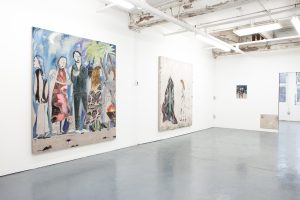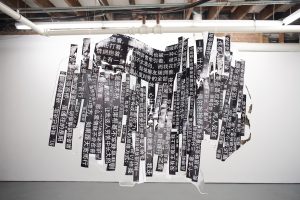
The Chicago Archives + Artists Project (CA+AP) connects archivists and artists to reimagine futures and histories. This year’s research continues our current theme of “embodying the archive.“
This series of interviews profiles this year’s archives + artists pairings, which include the National Public Housing Museum’s oral history collection (archive) + Dr. ShaDawn Battle (artist), Honey Pot Performance (archive) + Siobhan McKissic (artist/archivist), and one trio: Chuquimarca’s art library (archive) + Crystal Vance Guerra (poet) + Mariana Mejía (archivist).
For this installment, NaBeela Washington sat down with jellystone robinson frazier and Liú méi zhì huì from the National Public Housing Museum. jellystone robinson frazier (he/they) is the Assistant Curator and Registrar at the museum and a filmmaker whose work is deeply informed by their experience as a former resident of Ida B. Wells Homes—one of the last families to leave before the buildings were demolished as part of the Plan for Transformation. Liú méi zhì huì (they/them) leads the museum’s archival work and the Beauty Turner Academy training program. Originally from the Bay Area, they came to the museum four years ago from grad school in New York, bringing a commitment to equity-based approaches to oral history and a belief that communities should have power over their own historical records. The conversation touches on the vital role artists play in preserving community histories, the power and limitations of traditional archives, and their collaborative work with Dr. ShaDawn Battle exploring footwork dance as an alternative archival language. Their discussion addresses urgent questions about access, protection, and whose stories get preserved in the historical record. The following interview took place on September 18, 2025 and has been edited for length and clarity.
Nabeela Washington: How does your personal relationship to housing and history shape the archival work you do at the museum?
jellystone robinson frazier: I’m a former public housing resident: I grew up in Ida B. Wells Homes. That was my home place, my introduction into the world. My family had to leave very abruptly because of the Plan for Transformation. We were one of the last families to move out, and two years later, the buildings were gone completely. Since then, my immediate and extended family has struggled with houselessness and unstable housing. That history drives why I’m here at the museum, learning the history and doing this work.
Last year, we worked with [Dr.] ShaDawn Battle, our artist-in-residence, on her Place, Space, Werkz project—workshops for nine young footworkers, where we went all around Chicago learning about housing injustice on location. We visited Altgeld Gardens to learn about the toxic donut and environmental racism—a plant across the street that for decades has given residents cancer and contributed to deaths in the community. The workshops culminated in a showcase where young people taught others about housing injustice through footwork, which was one of my favorite parts of my job last year.
I’ve continued to work with ShaDawn, collecting interviews with footworkers throughout Chicago who are connected to public housing. We’re working on a film together that’s in production this week, thinking through her research around how footwork is a medium to metabolize the trauma you get as a young Black person growing up in the city.
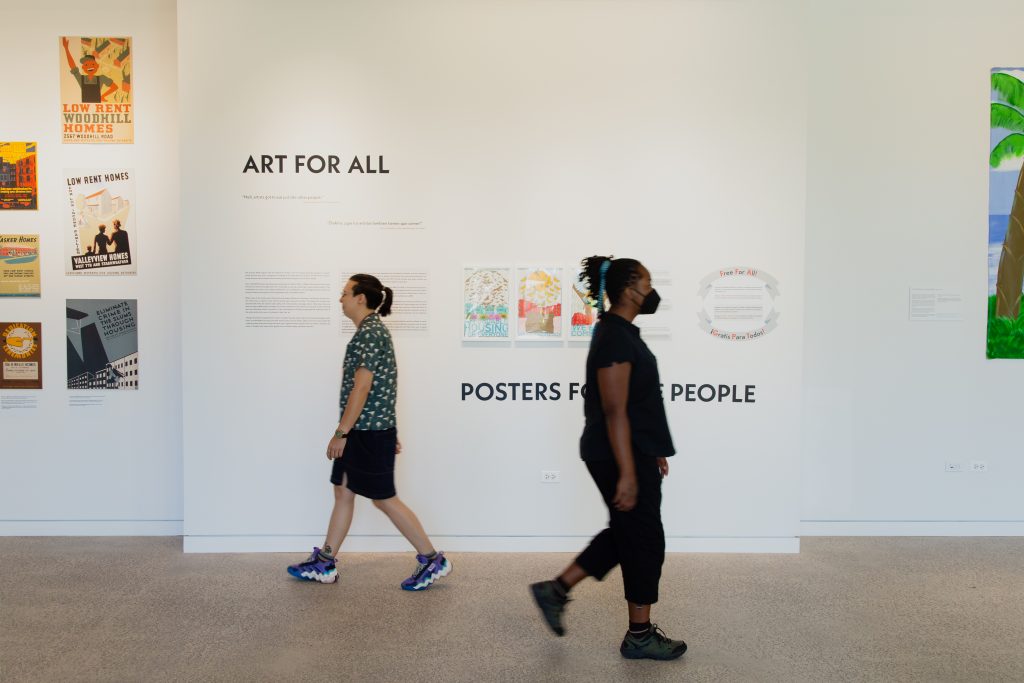
Liú méi zhì huì: My work has been informed by moving from a place of gratitude and trying to pass it on through education. I was able to go to whatever school I wanted and then to grad school—a reality available to very few people. What you learn in expensive higher educational institutions isn’t necessarily groundbreaking, and what you can get from those institutions isn’t better than what you can get elsewhere or even outside institutions. My goal with the training program was to pass on everything I learned from my formal education in a way that was more accessible to folks who probably couldn’t access that type of education. I believe education done within community can be more powerful than education done within stodgy institutions.
In grad school, I worked at an African American history museum on an oral history project. It was a great experience, but I felt like this privilege shouldn’t be mine; it should be for someone in the community. From that point onward, I wanted to focus on communities having power over the historical record of their own communities. Every community deserves its perspective to be one of those preserved. That’s been my focus with the archive.
The preservation, archiving, and oral history fields are predominantly white, and that’s directly connected to educational opportunities [more often available to white people]. [In] the public housing community, that [imbalance is] amplified because most public housing folks are low-income, which reduces access to education even more. The foundation of my work at the museum is taking an equity-based approach to archiving, education, and training.
One of the challenging things about archives is that there’s no archival privilege the way there’s attorney-client or doctor-patient privilege. Some people might have significant things to contribute to the historical record, but they have no legal protection. Criminalized behavior is arbitrary based on who’s in power, and the government can use discretion about who they prosecute. Artists and art provide a unique opportunity to preserve stories and lessons while protecting people’s anonymity and identities. We can limit who can access what in archives, but we can’t ignore the federal government. That’s where I’ve been coming from with this [the Chicago Archives + Artists Project]. ShaDawn’s work is the perfect example of that.
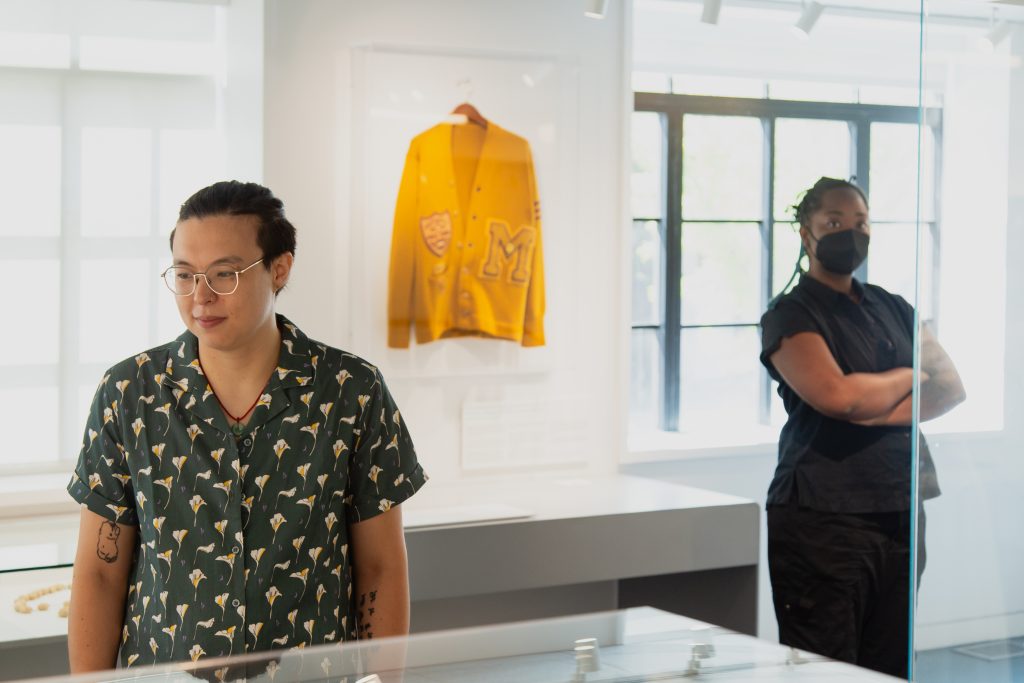
NB: What surprised either of you the most about how Dr. Battle has engaged with your archives or oral history collections?
jrf: Everything surprised me about ShaDawn. She is one of the hardest-working people I know, and she dives into whatever she does full throttle. When I worked with her last year, she was pregnant. At our showcase, she was eight or nine months pregnant, running down the aisle of the theater, hopping on stage to footwork with a belly bigger than the rest of her body. That exemplifies her spirit. ShaDawn doesn’t work with limits in mind. She could take a cherry from a tree and create a whole other tree.
In our meeting earlier this week, we started talking about who gets included in the archives, and when it comes to the government’s or police’s ability to subpoena, certain stories can’t be in the archive because they can be incriminating. ShaDawn is constantly thinking about—in this work—of embodying the archive, what other ways these stories get told. She’s always thinking about where the gaps are and how we can make sure they get filled. It’s been really cool to learn about dance and footwork as a way to fill those gaps and communicate history.
Something that’s come up a lot is: how do we protect the history that’s getting out? Some things we want to protect from police, but other things are our cultural secrets that we want to keep for ourselves. How do we also protect those [cultural secrets] in the way we’re archiving? Who do we want to be able to access this language? It’s been amazing to learn about footwork as an alternative language for archiving.
LMZH: jellystone really encapsulated so much. To build off that, it’s commendable and impressive that ShaDawn is able to tailor her work to different audiences. It’s not just a showcase, interviews, or a film. She’s also thinking about articles and how she translates these insights into academic language that can be put in an article and presented at a conference. That’s a completely different audience, but it’s an audience that still needs to learn from what she has to offer and what she’s elevating and amplifying from the community. That’s one of the most impressive and surprising things, because it’s hard to translate across different audiences and into different formats for different purposes.

NB: You talk about access and who gets to access the archives. Does that impact your collaborative process?
LMZH: In some ways, it hasn’t impacted our relationship with ShaDawn specifically because we’re very intentional about it for everyone and all of our interviews. I have diagrams showing all the steps we take in our archiving process, as well as a release form with three different sections where people can choose who has access and to what. They might make their transcript available to the public, but not want their audio file public, or maybe only the finding aid—a multi-layered summary—is available. Then you have to request access for anything more. We also have the ability to deny access if that’s what the narrator chooses.
We have a process that’s very collaborative with the narrator from start to preservation. Oral history is unique in that it most often involves living donors. The people in the documents are still living when they give them. Depending on their age and life circumstances, they might continue to live for 20 or 50 years after they donate their interview. We’re very thoughtful and try to move with a lot of intention, giving them autonomy and power at every step—doing the interview, archiving it, using it in a podcast. We always go back to them, even though we have that form. The form is just the backstop. It’s the floor, not the ceiling, of how we view consent.
The work with ShaDawn has been easily integrated into that. She’s been conducting interviews with community members. Some are for a film she’s making, and some will get archived with us, but we conduct the interview and determine later with her and the narrator what gets archived where. We have over 170 interviews, but only about 28 are currently on our website. That’s something we’re continuing to build up, but it’s a slow process because of all that narrator input and power.
jrf: ShaDawn has given us so many ideas. Something I’ve thought about is: do we change the names of narrators who want to be anonymous but still want their stories out there? I can speak more to the visual archive, because ShaDawn is very much “I want to make a video, I want to make a film.” For the film we’re doing this week, we were talking about ways to keep the secrets. At the end of the day, this film will be publicly accessible on YouTube.
The film created by jellystone and Dr. Battle is available to watch here: UDK.
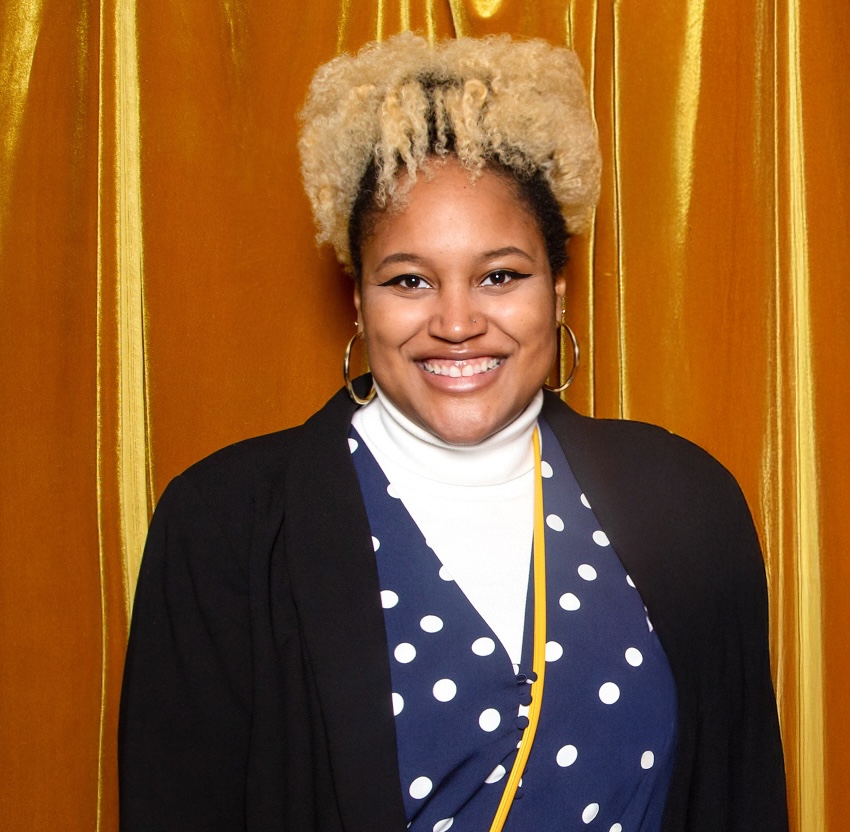
About the author: NaBeela Washington is a Chicago-based journalist, photographer, and curator whose work explores what’s possible while holding institutions accountable.

About the photographer: Joshua Clay Johnson (b. 1994, Chicago, IL) is an interdisciplinary artist living and working in Chicago. Joshua earned his BFA in Painting from the University of Illinois at Urbana-Champaign in May of 2017.


